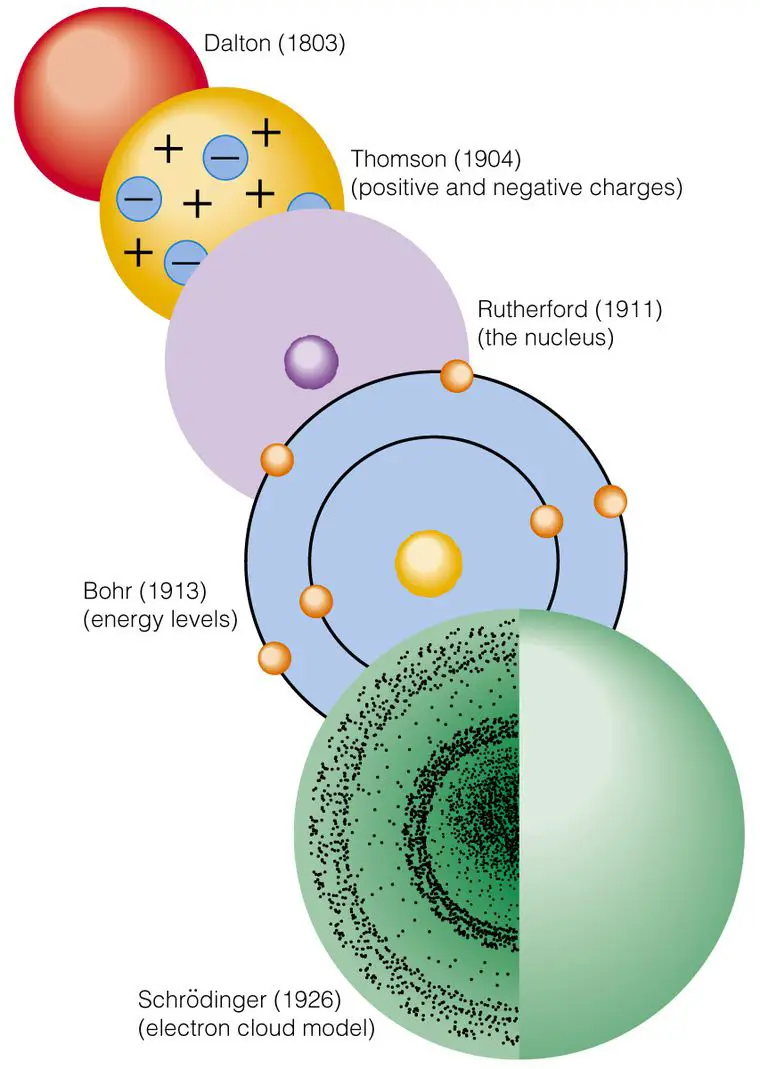Atom?
Atoms, the fundamental units of matter, have captivated scientists and thinkers for centuries. These minuscule particles form the foundation of our physical reality, composing everything from the air we breathe to the stars that dot the night sky. In this blog article, we will embark on a fascinating journey into the realm of atoms, exploring their structure, properties, and the profound impact they have on our understanding of the universe. So, grab your scientific goggles and let's dive into the incredible world of atoms!
The Atomic Structure
Atoms are incredibly tiny, comprising a nucleus surrounded by a cloud of electrons. The nucleus, situated at the center, consists of positively charged protons and uncharged neutrons. Electrons, which carry a negative charge, orbit around the nucleus in specific energy levels or shells. This intricate arrangement of particles provides stability to the atom.
Elements and the Periodic Table: Atoms are diverse, differing in the number of protons they possess. Each distinct type of atom is known as an element. The periodic table, a cornerstone of chemistry, organizes elements based on their atomic number (number of protons) and other properties. Currently, the periodic table encompasses 118 known elements, ranging from hydrogen to oganesson.
Subatomic Particles: To further understand atoms, we delve into the world of subatomic particles. Protons, neutrons, and electrons, as mentioned earlier, are the primary building blocks of atoms. Protons carry a positive charge, while neutrons have no charge. Electrons, on the other hand, have a negative charge and are responsible for chemical reactions and the formation of chemical bonds.
The Quantum World: The behavior of atoms and subatomic particles is governed by the principles of quantum mechanics. At this infinitesimally small scale, classical physics fails to accurately describe the phenomena observed. Quantum mechanics introduces concepts such as superposition, where particles can exist in multiple states simultaneously, and entanglement, where particles become connected in ways that their states are dependent on each other. These principles provide a deeper understanding of the atom's behavior.
Atomic Bonds and Molecules: Atoms can form bonds with one another, leading to the creation of molecules. Bonding occurs through the sharing, gaining, or losing of electrons between atoms. Covalent bonds involve the sharing of electrons, while ionic bonds involve the transfer of electrons. These interactions are crucial in determining the properties and behaviors of substances in our everyday lives.
Atomic Models: Throughout history, scientists have proposed various models to represent the structure of atoms. From the early plum pudding model to Ernest Rutherford's planetary model, each theory has contributed to our understanding of the atom's complexity. The modern atomic model, known as the quantum mechanical model or electron cloud model, incorporates the principles of quantum mechanics to provide a more accurate depiction.

Applications and Implications: The study of atoms and their behavior has far-reaching applications. Atomic physics has paved the way for advancements in various fields, including energy production, materials science, medicine, and electronics. From harnessing nuclear energy to developing sophisticated nanotechnologies, our understanding of atoms has revolutionized the world we live in. Atoms, the building blocks of matter, are the unseen entities that underpin our physical reality. From the humble hydrogen atom to the colossal uranium atom, these infinitesimally small particles have unlocked the mysteries of the universe. Through their study, we have gained insights into the workings of nature at its most fundamental level. So, let us continue to marvel at the atoms that make up our existence and strive to unravel the remaining enigmas that lie within their depths.
References
- Rutherford, E. (1911). The Scattering of α and β Particles by Matter and the Structure of the Atom. Philosophical Magazine, 6(7), 669-688.
- Britannica. (n.d.). Atom - Subatomic particles. Retrieved from https://www.britannica.com/science/atom
- ACS (American Chemical Society). (n.d.). Periodic Table of the Elements. Retrieved from https://www.acs.org/content/acs/en/molecule-of-the-week/archive/a/atom-peridoic-table-elements.html
- Griffiths, D. J. (2005). Introduction to Quantum Mechanics (2nd ed.). Pearson Prentice Hall.
- Chemical Heritage Foundation. (n.d.). The Development of the Atomic Theory. Retrieved from https://www.chemheritage.org/chemical-history-of-the-atom
- HyperPhysics. (n.d.). Applications of Atomic Physics. Retrieved from http://hyperphysics.phy-astr.gsu.edu/hbase/quantum/appen.html
More From Author
quantum